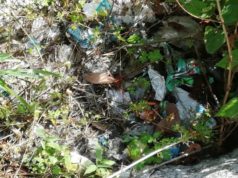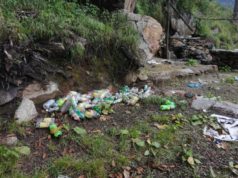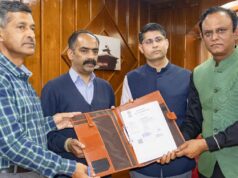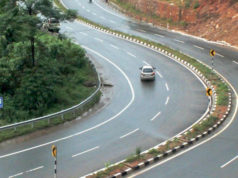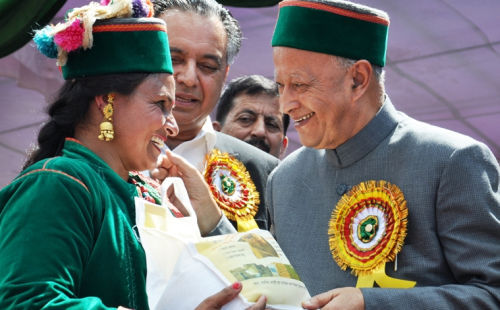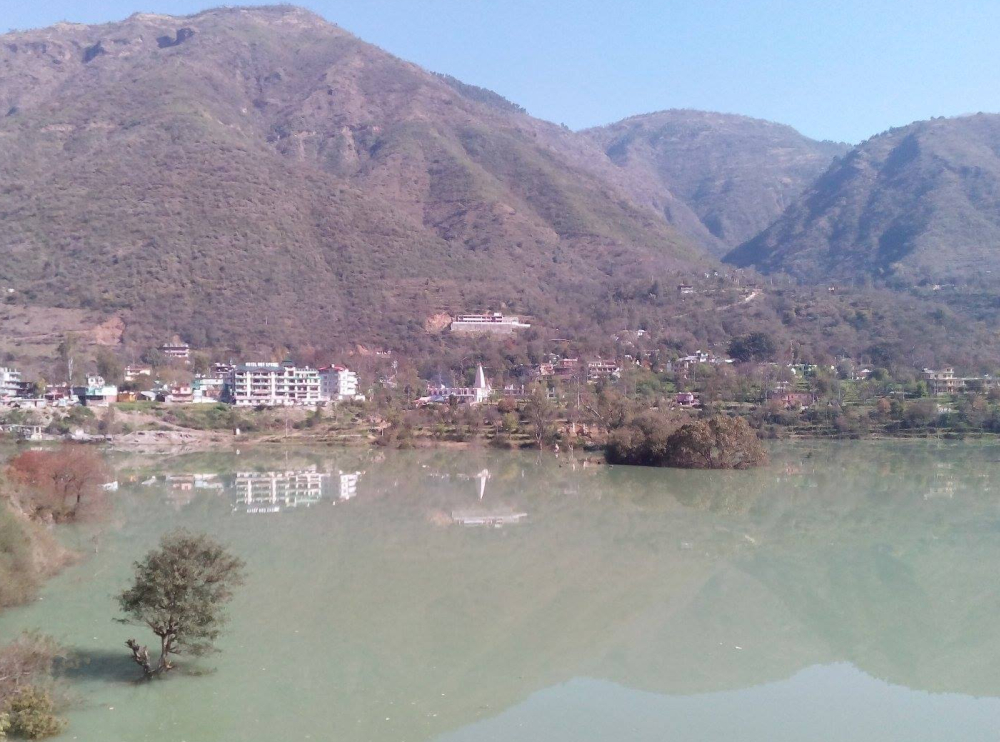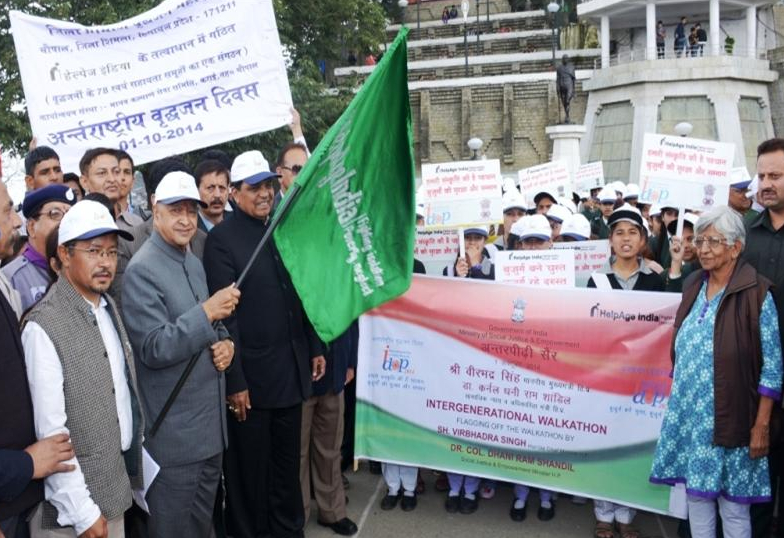Shimla – Himachal Pradesh has ramped up efforts to become a ‘Green and Clean State’ through a series of targeted initiatives introduced over the past two and a half years. The state government has rolled out policies to reduce plastic usage, shift to clean energy, and promote environmental consciousness among citizens—especially children.
A key decision includes the ban on 500 ml plastic water bottles starting 1 June 2025. In place of these, the state will distribute 60 lakh stainless steel bottles to school students, a move aimed at reducing plastic dependency and instilling eco-friendly habits from a young age.
The government has made its stand on plastic pollution clear by banning bottles made of Polyethylene Terephthalate (PET) in all official government functions, hotels—including those run by the Himachal Pradesh Tourism Development Corporation—and events hosted by boards and corporations. Strict directions have been issued for internal meetings and conferences to exclude such plastic products.
To further enforce environmental laws, a “Plastic Challaning Mobile App” has been launched. This app allows officials from 13 departments to issue fines digitally, replacing paper-based procedures and strengthening on-ground implementation of plastic restrictions.
Another important initiative is the ‘Clean City, Prosperous City Campaign’, launched on 5 February 2025. This nearly two-month-long drive aimed to enhance public participation in urban sanitation and sustainable development. It involved 962 Self-Help Group members, 14 NGOs, and students from 85 schools who visited around 2.5 lakh households to raise awareness.
The campaign focused on three core areas: sanitation and waste management, organising solution camps at the ward level, and introducing an online citizen service portal. Through this digital platform, people were informed about nine key urban services, improving access and grievance redressal mechanisms.
Simultaneously, the government has been working on shifting towards solar energy, launching e-vehicles, and developing green corridors—all part of its roadmap to transform Himachal into a ‘Green Energy State’ by 31 March 2026.
The administration has also acknowledged the role of local communities in forest conservation. Village Forest Management Societies (VFMS) are being recognised for their work, and the Chief Minister has urged youth to take active part in safeguarding forest wealth and maintaining the balance between development and environmental preservation.
From digitised enforcement to community-driven cleanliness drives, Himachal’s green initiatives reflect a comprehensive strategy to combat environmental challenges and ensure a sustainable future for the state.


